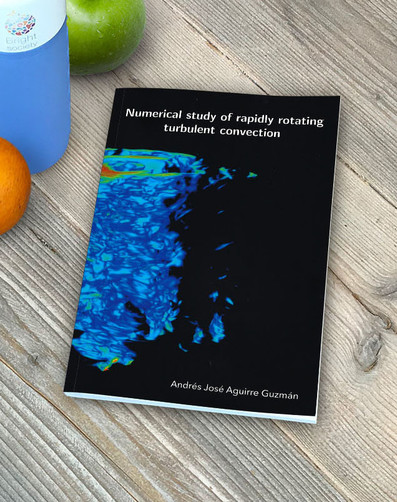
Convectively driven flows subject to the influence of rotation are everywhere in nature, from Earth’s liquid-metal outer core, oceans and atmosphere to the interior and atmosphere of other planets and stars like our Sun. Understanding the dynamics of these geophysical and astrophysical flows is of paramount importance, yet their sheer size, remoteness and complexity preclude their direct investigation. The canonical model of rotating Rayleigh-Bénard convection (RRBC), the flow between two co-rotating horizontal plates heated from below and cooled from above, provides a simple but highly relevant framework to study these flows. We investigate RRBC using direct numerical simulation employing geo-/astrophysically relevant, experimentally realizable boundary conditions. The reported findings broaden our knowledge of rotating turbulent convection and establish a framework for comparison with future experiments and simulations, and for extrapolation to geo-/astrophysical flow systems.
Download Thesis